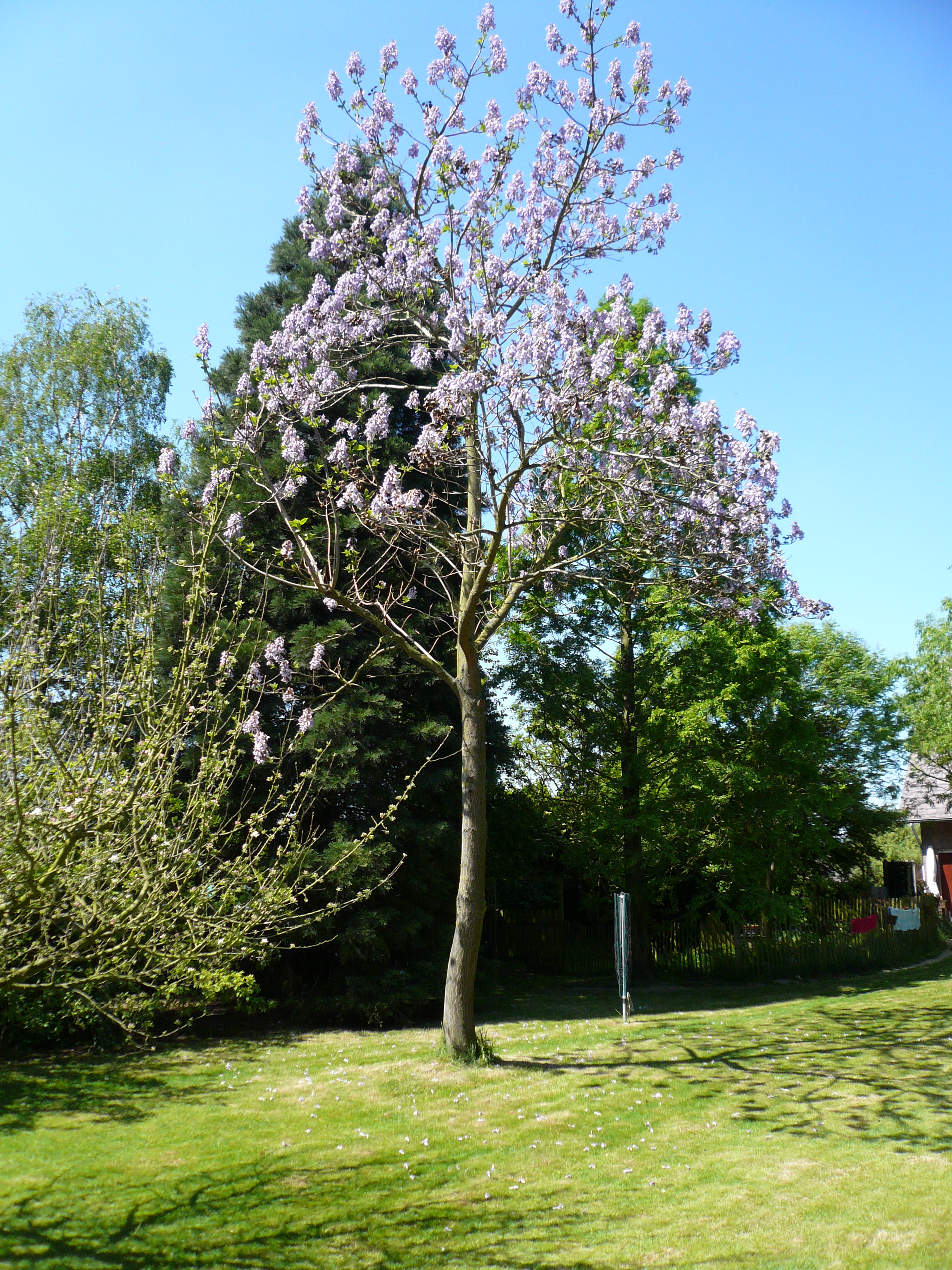It’s amazing what useless facts you can come across and one such fact was in a booklet I was thumbing through about farm woodlands. In the ‘did you know’ section was the fastest growing tree in the world, the Royal Empress or Foxglove Tree Paulownia tomentosa . Native to central and western China the tree can grow up to 6 metres a year, or 30 cm in three weeks.

Velvet antler is the fastest growing living tissue in the animal kingdoms with a mature reindeer bull growing his full set of antlers in just 5 months to a length of approx 1 metres. Luckily for the reindeer the antlers then stop growing, the velvet skin peels off and the bony antlers are then used to fight with. Let’s face it a bull reindeer would struggle with 6 metres of antlers waving around on the top of his head!
In China, Paulownia tomentosa is traditionally planted at the birth of a girl. The fast-growing tree matures when she does. When she is eligible for marriage the tree is cut down and carved into wooden articles for her dowry. Carving the wood of Paulownia is an art form in Japan and China. The soft, lightweight seeds were commonly used as a packing material by Chinese porcelain exporters in the 19th century, before the development of polystyrene packaging.
Continuing along the Chinese theme the antler velvet from all species of deer is rich in growth hormone and highly prized in China where it is used in traditional Chinese medicine. The velvet antler however must be harvested from the deer while it is still growing, thus requiring a surgical process to cut the antlers off humanely. It is a practice not permitted in the UK but is an important revenue from deer and deer farming in other countries.
Strangely enough antlers of many deer species generally have a tree like structure to them, with a main beam or trunk, which then branches into smaller tines. Perhaps it is this familiar structure that sometimes leads people to ask the question ‘are the antlers made of wood’! I guess these misled people were never very good at biology at school!
Tilly





